Tag Archives Agronomy
Agronomy will be key to growing soybean acreage
As the crop becomes a major feature of Manitoba fields, there will also be more challenges popping up for growers

Boots on the ground must support scouting technology
The existing technology can detect variation in a field, but not why that variation exists

Cover cropping improves land and bank balance
Ontario farmer Blake Vince has harnessed the power of cover crops on his operation
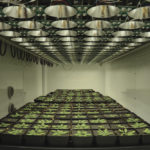
Growth chamber system ‘test drives’ new varieties
Cameras can detect and quantify signals produced by plants

CropLife report highlights importance of crop protection and biotechnology
The group says it’s ready to make the case for the value and economic contribution of the industry’s technology to the country
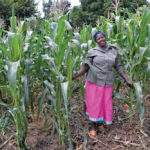
African smallholders are adopting conservation agriculture techniques
When you’re subsisting on three-quarters of an acre, increasing maize production from 32 kg a year to 990 kg is a life-changing event
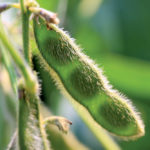
Pulse and soybean research position to bring industry to classroom
This unique position will aid to integrate the pulse industry into the university to a greater degree
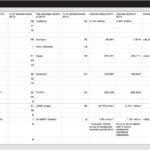
Another record for insured plantings of soybeans in Manitoba
A prediction that soybeans could challenge canola for top spot doesn't look so far fetched now
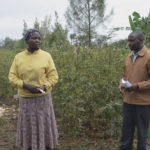
Low-tech, co-operative approaches support smallholder farmers
A simple plastic sheet may not look like much, but it can change lives and communities
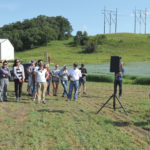
Local testing of cereal varieties key to determining productivity
Researchers at the Brandon Research and Development Centre are committed to testing varieties under local conditions


